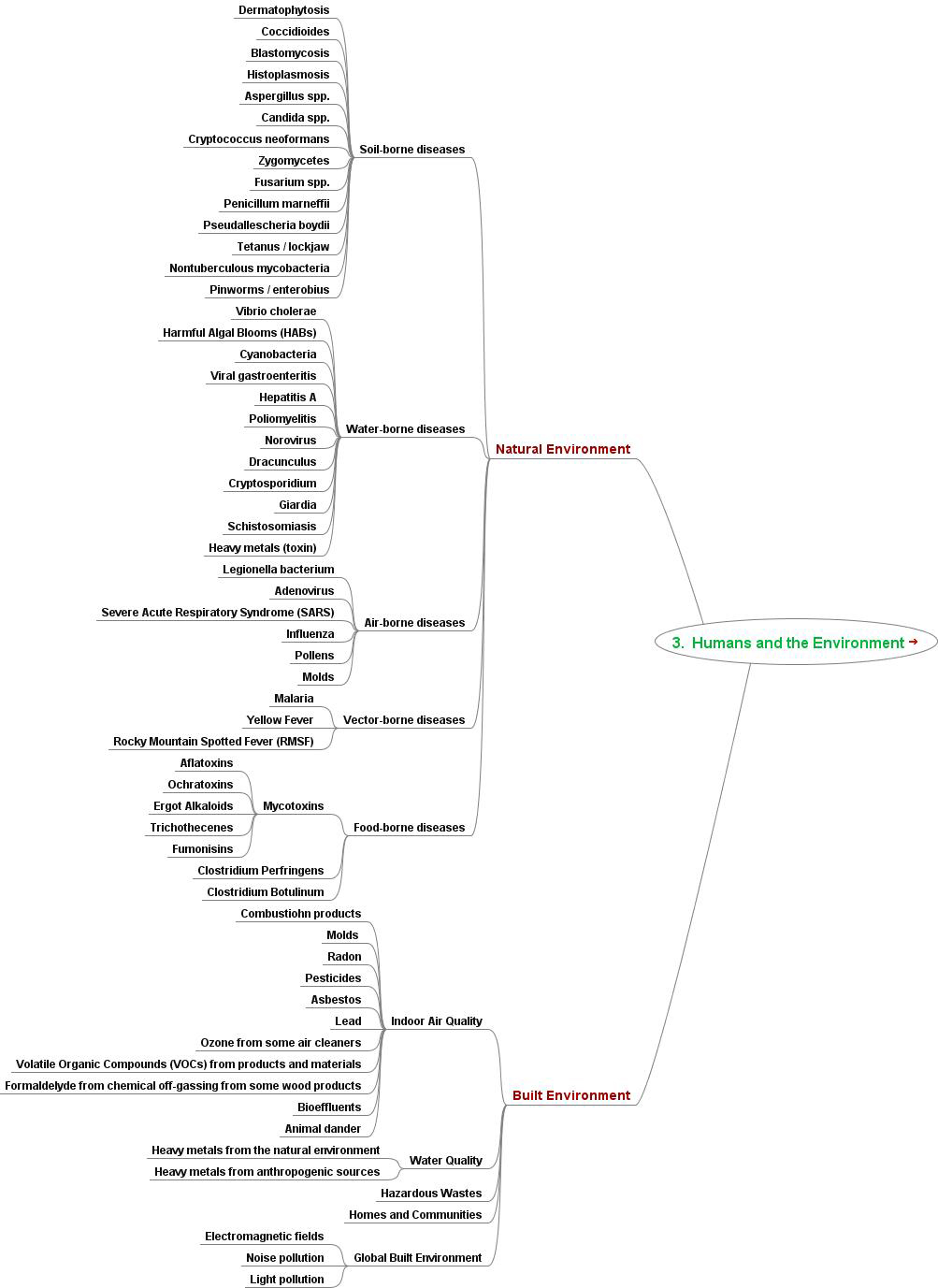As a side note, FreeMind 0.9.0 (an open-source software started by former developer Dmitri Polivaev) offers a "mind-mapping" technology that outputs interactive as well as static mind maps (that are essentially node-link diagrams).
The FreeMind User Guide (in .pdf format and written by Shailaja Kumar) offers some helpful advice. That said, the software's interface itself is very intuitive. There are foldable nodes to enable easier handling of complex structures. Branches may be broken off and made into their own mind maps (.mm files). The following is an image of one branch of a curriculum (expressed as a "word tree") that demonstrates the use of this tool (for content analysis).

An Interactive Outline:
For an interactive outline of the curriculum, please interact with the following diagram. This is a general overview of an online course curriculum and does not actually fully represent the entire curriculum.
Post-conference, I came across an open-source tool that looks like it does some of the work that the proprietary UCINET also does. This tool is called Gephi. I have not tried it yet, but those who do should let me know what they think.
Another intriguing tool is an open-source one that is an add-on to MS Excel. NodeXL is downloadable off of the CodePlex site. There are tools that extract social network information from Twitter, Facebook, YouTube, and other sites. The visualizations are dazzling. This tool was made under the auspices of the Social Media Research Foundation.